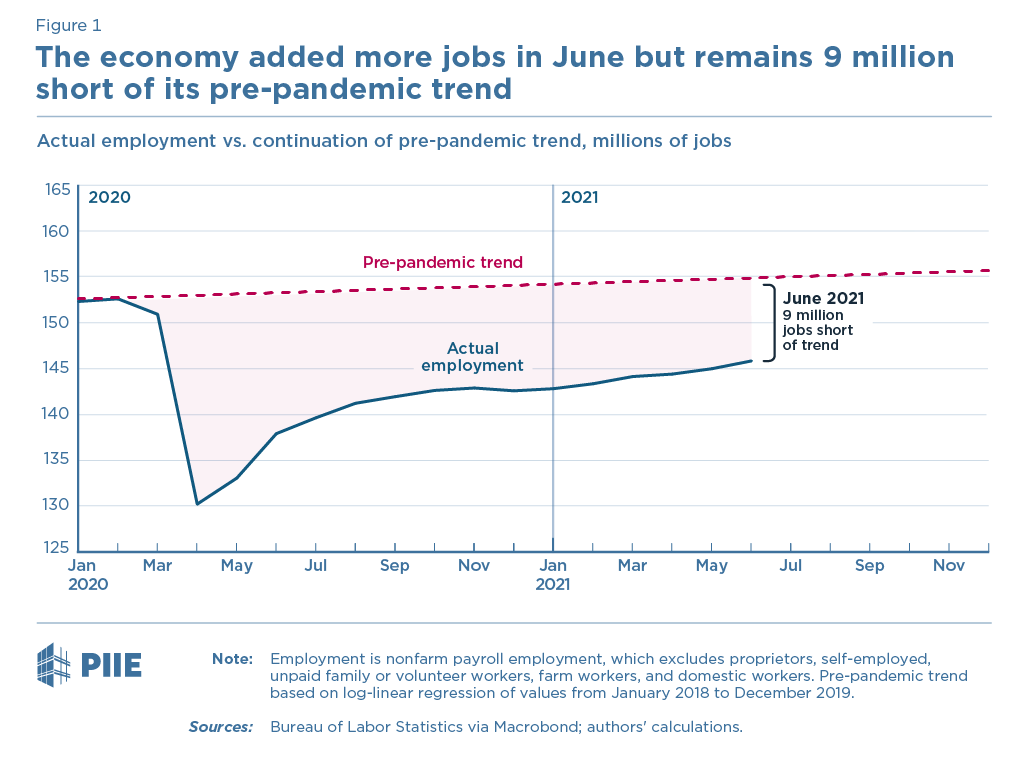
I wrote this quickly and missed a big point: the "definitional differences" I acknowledged were a possibility were a *much* bigger deal than I had realized--@jdlahart makes this very important point.
https://twitter.com/jdlahart/status/1410954581379530756?s=20
https://twitter.com/jasonfurman/status/1410946244361531398
So there may be a more coherent story here than I had realized but I'm not sure what it is:
--People shifting from self employed to jobs (BLS says self employment was down but only 165K)
--People getting multiple jobs (but BLS says this was down)
--Farm employment?
--Others?
--People shifting from self employed to jobs (BLS says self employment was down but only 165K)
--People getting multiple jobs (but BLS says this was down)
--Farm employment?
--Others?
Hopefully someone has figured this out already so I'll stop speculating, if I see reliable points on it I'll retweet them.
Enjoy the rest of your jobs day!
Enjoy the rest of your jobs day!
According to Goldman Sachs a big source of the discrepancy is a -350k (sa by GS) reduction of workers on unpaid leave which shows up in the household numbers. (They don't tweet so I can't retweet them.)
• • •
Missing some Tweet in this thread? You can try to
force a refresh









